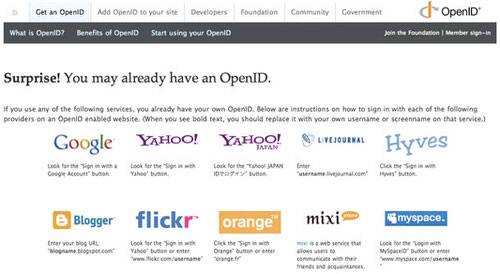When you run a community site, your registration and minimum profile requirements are like the front porch to your home. As technology bloggers we trick-or-treat to at least a dozen sites per day and when you make your porch scary, we’d just as soon skip your house. If I make it past 10 minutes of forms and service terms only to find you’ve got toothbrushes and raisins for me, I’m going to be pissed off. If you’re looking at redesigning your site, below are 6 points to consider.

1. Show us the Goods: There’s a reason why sites like Etsy and Ebay let us browse items before registering. Nobody wants to give away their contact info or spend time registering for something if it doesn’t add value to their lives. Even if you aren’t a shopping site, make the first thing people see a value proposition.
2. Embrace Portability: Consider adding OpenID and other identity integration tools to your registration process. By accelerating the signup process you’re reducing the time it takes to collect info and your user is more likely to stick around to enjoy the site.

3. Break It Up: Sites like LinkedIn and Geni allow users to fill out their profiles in stages. This breaks up the registration process and makes it seem less cumbersome to the user.
4. Minimize Your Request: For many sites, the only things you need to capture up front are user name and email address. Password preferences, employment history and likes can be asked during tiered profile requests.
5. Respect the User’s Time: Have you ever called the phone company only to be redirected to a new person who wants you to repeat your name and account number again? When you make a user repeat themselves, you are telling them that you aren’t listening and that you don’t value their time. When it makes sense use drop downs, auto-complete and auto-fill.
If you’re an interaction designer or engineer with more suggestions on how to improve the registration process, let us know in the comments below.
Photo Credit: Frédéric Dupont










